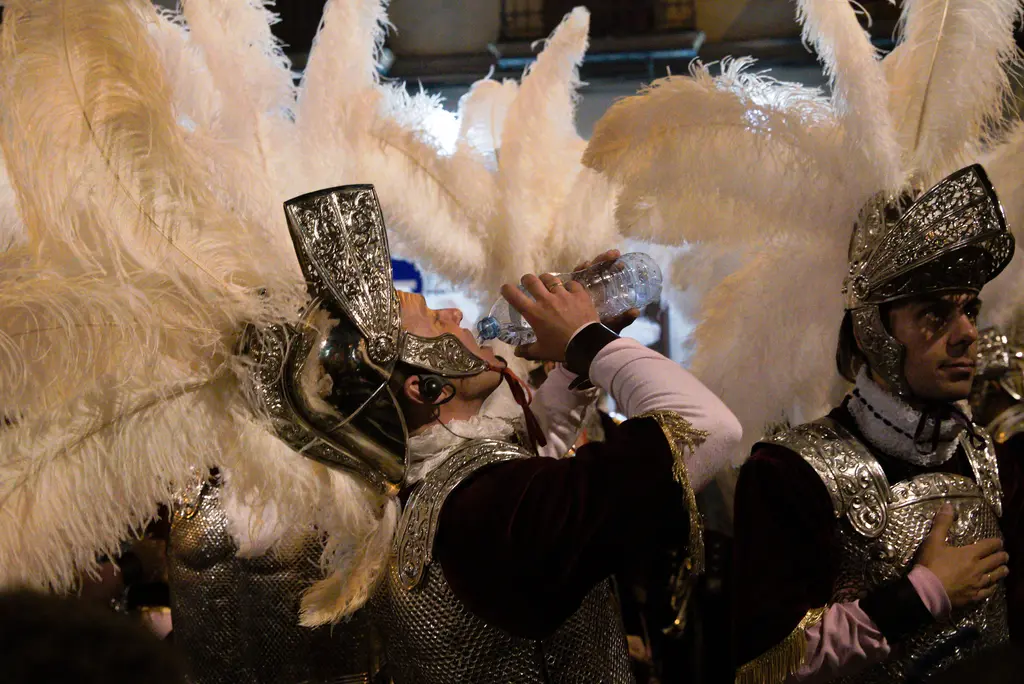The Travel Diary: Adventures in the untouched wilderness of Brazil
- Text by Eren Saracevic
- Photography by Eren Saracevic

Vale do Pati, in Brazil’s Chapada Diamantina National Park, is not easy to reach. From Salvador de Bahía airport, it’s an eight-hour, 284-mile bus ride to get to Palmeiras. From there, it’s a one-hour rocky road (one hour being lucky and with a failure-proof Volkswagen van) to cover another 13 miles to Caeté-Açu.
The closer you get to the valley, the slower transportation is – and even though the distances are getting shorter, the time it takes to travel them seems to expand. For the final 12 miles, you have to go on foot and, even at a quick pace, it will take no less than eight hours to reach the Vale do Pati.
Once there, the distance from Europe is not only physical. There’s no wi-fi. There’s no hot water. There’s no meat, and no fridge to keep it in. There’s no base for your bed and no memory foam pillow. There’s no traffic, no amber lights, no horns. There’s no fear of being assaulted, robbed, beaten or shot. There are no cameras, microphones, screens, and no big brother watching you. Nobody asks what your job is, how much you make, what neighbourhood you live in, or who you hang out with. The stock exchange doesn’t rise or fall, and nobody begs on the streets. There’s no news. There are no clocks.


After a few days, you come to learn how our surroundings have shaped both our values, and the way we behave. I don’t think every person can live in Pati – I don’t even think I can live there. The people who live there have had to adapt their characters to their environment. Shopping for food, let’s say, is methodical – you know that four hours on a donkey separate you from your purchases. If it’s the wet season, you can spend days caught up in the valley, just waiting for the rain to stop. And it’s best not to think about the closest hospital.
Little by little, you realise how our development has twisted our relationship with nature. In the city, nature is present only as an ornament or an attraction. But here, nature surrounds you – you become the ornament.













Eren Saracevic is an art director, designer and visual essayist. This photo story is taken from the first issue of his magazine Souvenir.
Enjoyed this article? Like Huck on Facebook or follow us on Twitter.
You might like

In The Road to Patagonia, Matty Hannon holds “a mirror to the human condition”
From tip to tip — More than a surf and travel documentary, the Australian filmmaker meditates on capitalism’s pitfalls and the importance of existing within nature while embarking on a marathon journey from Alaska to Tierra del Fuego.
Written by: Sam Haddad

What does Holy Week mean to young people in Seville?
As the Spanish city shut down for the week, Leah Rustomjee spoke to the young residents reimagining tradition.
Written by: Leah Rustomjee

Who does humanitarian aid really help?
More to give — The war in Ukraine has seen a massive outpouring of support from around the world. While heartening, it also raises questions around just how effective our current model of giving is.
Written by: Beauty Dhlamini

Coming of age in a small Polish town in the ‘90s
Memories of Goleszów — Photographers Michal Solarski and Tomasz Liboska reflect on their transition from boyhood to adulthood in a post-Soviet world.
Written by: Miss Rosen

Inside Spain’s failed plan to fix the gig economy
Riders law — A law brought in to improve the working conditions of gig workers in Spain has backfired, as companies go to great lengths to avoid implementing it.
Written by: Maria Alemany Ortiz and Will Hecker

A portrait of Chernobyl three decades on from the disaster
Ghosts of the past — In 1986, Chernobyl became the site of the worst nuclear accident in history. 30 years on, photographer Jake Millers travelled to the town to capture the relics of a former way of life.
Written by: Megan Wallace

